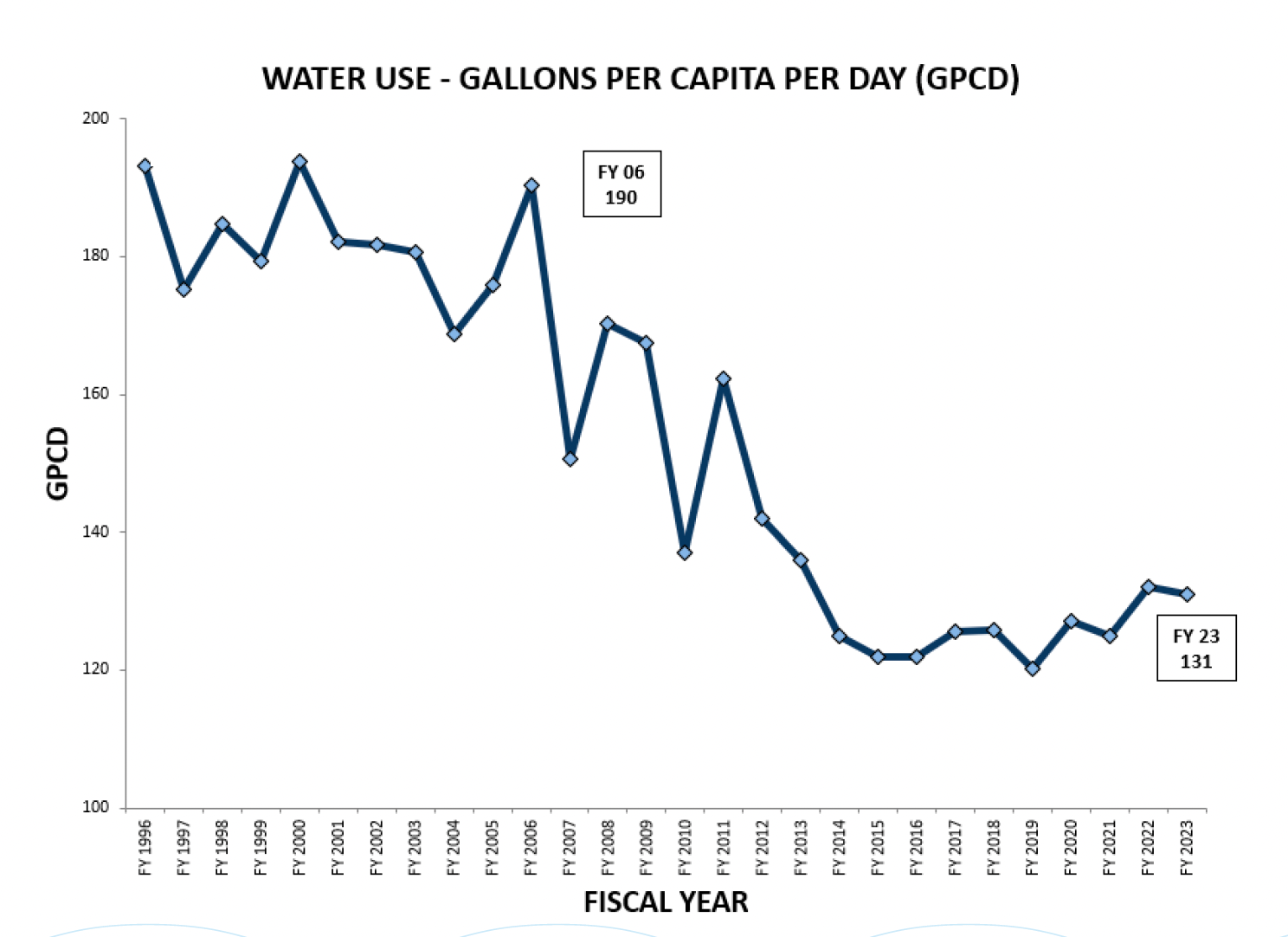Bad news, good news on water
Is there too much affordable housing in Southwest Austin?

I've had H2o on the brain lately because I've been reading Cadillac Desert, Marc Reisner's 1986 masterpiece about the U.S. federal government's century-long effort to transform the American West from desert to oasis. It's a great American story about nature and politics stretching back to the frontier days.
Anyway....last week City Council adopted an update to the city's water conservation plans that many advocates for aquatic abundance say does not go far enough.
Factoring in industrial and business uses, Austinites average 127 gallons of water use per capita daily. Under the new conservation proposal, Austin Water aims to reduce that by 4 gallons to 123 gallons per day by 2029.
But under the last iteration of the conservation plan, approved in 2019, the utility had hoped to achieve a total daily water use of 119 gallons.
“We’re going backwards,” said Moriarty.
The problem, says Austin Water, is that we're in the midst of a drought. Somewhat counter-intuitively, people tend to use more water during droughts because Mother Nature isn't doing her part. That's true for farmers who need the water for their crops or livestock as well as for Westlake homeowners who "need" more water to keep their lawns up to Augusta National standards.
The good news is that, even as water use continues to fluctuate, we use much less water on average now than we did in the 1990's or 2000's. Over the past ten years, which has included periods of drought, we have topped out at about 132 gallons per day. In contrast, between 1996 and 2006, we ranged between 170 to 190 per day.

The city has touted the reduced use as a triumph of its various conservation policies, but perhaps the most effective one is that which they are least likely to tout: increased water rates. In the 2012-13 budget, City Council approved changes to Austin Water's rate structure that charged higher water users more per gallon.
At the same time, a few years ago Austin Water sought to mitigate the increased costs of water by introducing a Customer Assistance Program like Austin Energy. Those who are enrolled in certain public benefit programs (Medicaid, SNAP etc) automatically qualify for discounted water rates.
The main thrust of Cadillac Desert is that the apparent abundance of the American West, from 1,000-acre cattle ranches in Wyoming to the urban sprawl of Southern California, are built on the federally-funded illusion that water can be cheap and plentiful anywhere –– even without rain. Someday, warned Reiser, the illusion will collapse.
In the era of climate change, Reisner's point is even more obvious.
Redlining in ... Southwest Austin?
I've gotten used to hearing white gentrifiers on the east side show up to Planning Commission meetings to decry new development, sanctimoniously invoking the historic oppression of the neighborhood's Black and Hispanic populations as an excuse to oppose new housing that will undoubtedly be cheaper than the modern farmhouse they bought a few years ago.
But residents of the bougie Travis Country neighborhood claiming that a nearby affordable housing development would amount to "redlining" in Southwest Austin –– that's a whole new level of NIMBY gaslighting.





